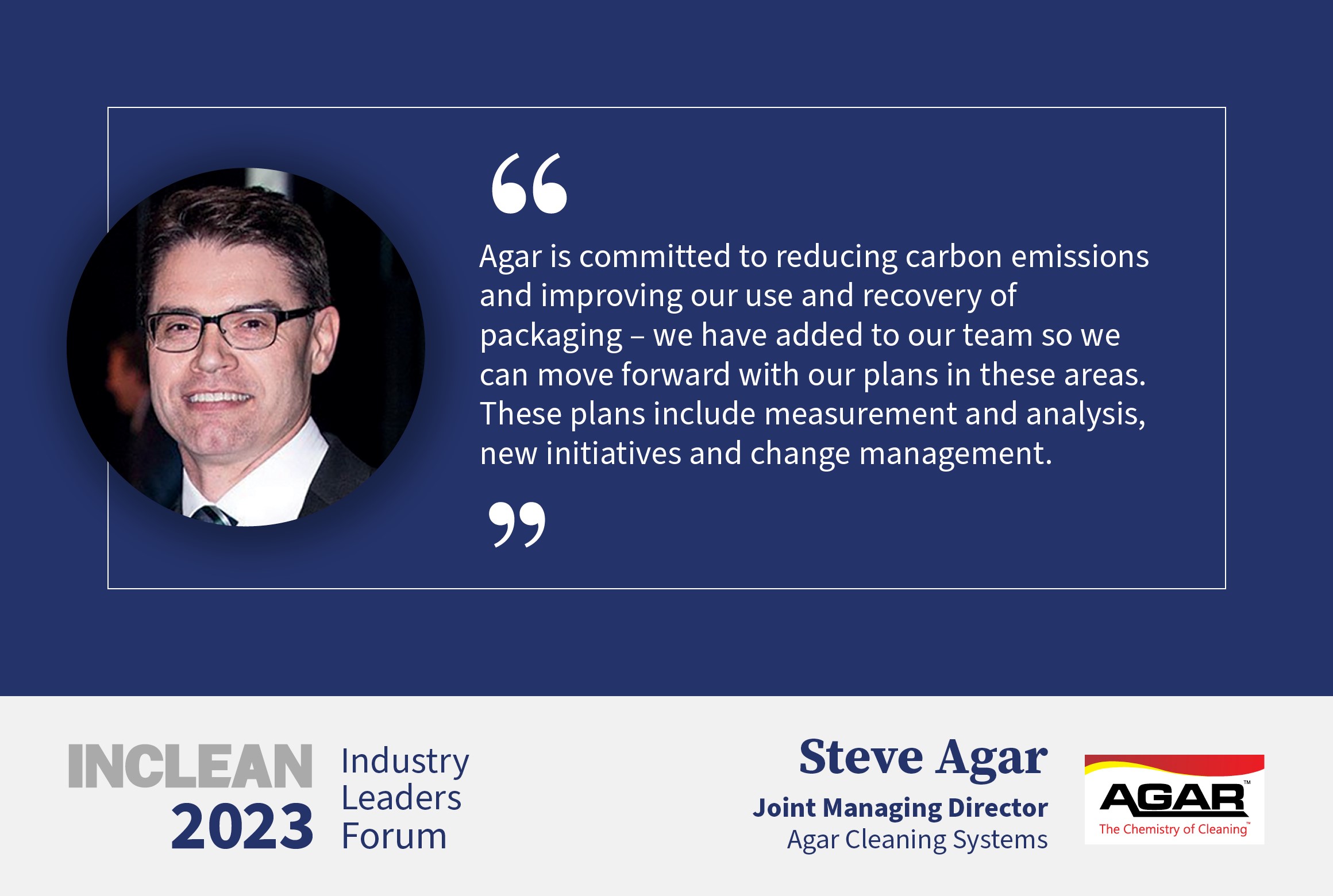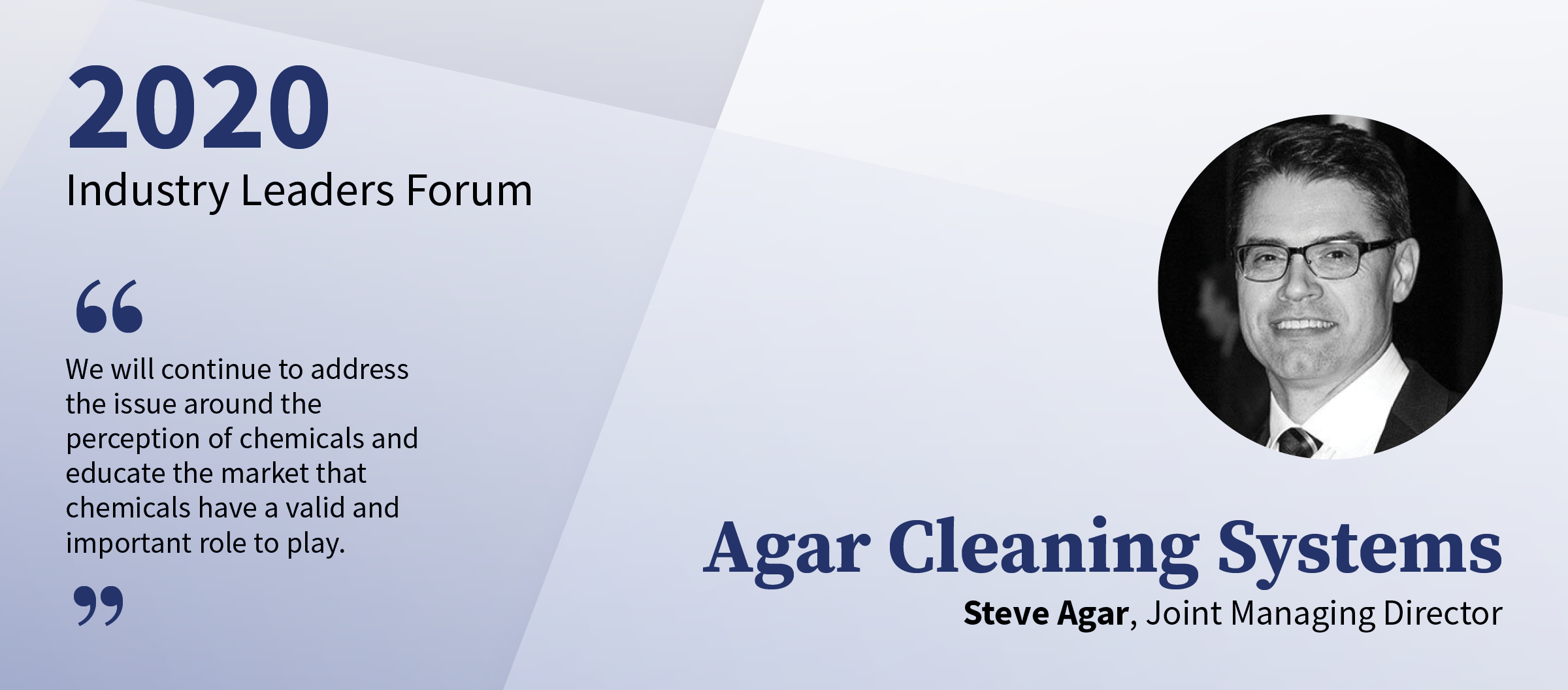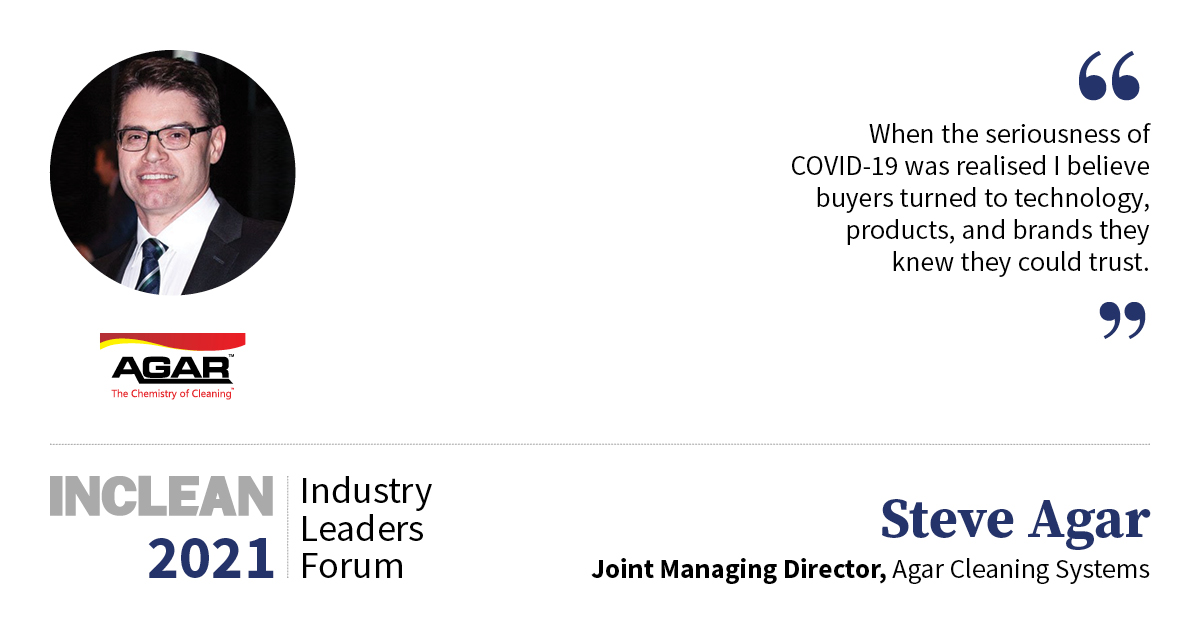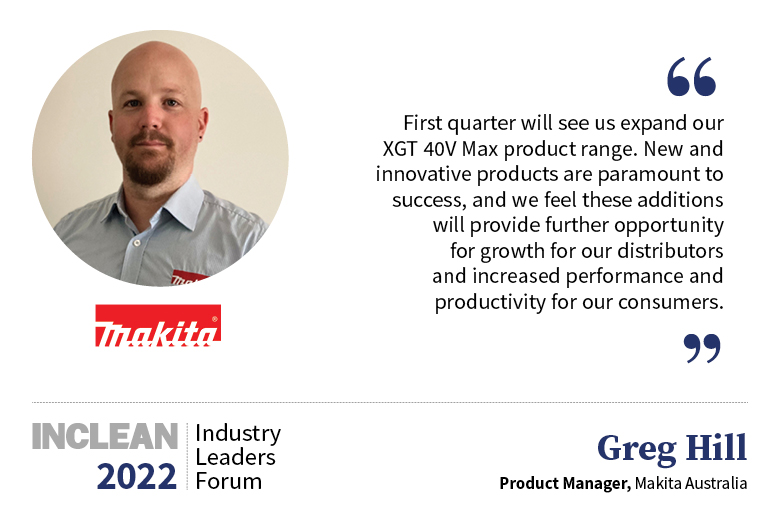
How was 2022 for Agar? What were the highlights? What were the challenges?
Strangely, despite our lives getting back to some kind of normality as we emerged from the pandemic, this year has been more hectic and also more challenging than the previous two years. Overall, it’s been successful in aspects like revenue growth, order fulfilment and the performance of our team, especially when you consider the difficulties we’ve faced.
The challenges began with COVID spreading through the community following New Year celebrations, and a slow start in January when everybody seemed to be on their first holiday following the lockdowns.
Despite the high rate of vaccination in our population, with the easing of restrictions, COVID cases continued to occur leading to staff absenteeism due to them either having COVID or being a close contact. This not only impacted our operations but also caused disruption and delays for our suppliers and freight companies.
Another challenge has been the difficulty in finding new staff, which has been a major problem for all industries and especially for cleaning services.
Sourcing raw materials has been very difficult this year, with shortages leading to higher costs. We’ve seen some important ingredients increase by anywhere between 50 per cent and 100 per cent.
The ongoing conflict in the Ukraine was obviously unexpected, and has destabilised the global supply chain, and pushed up energy prices in particular, and freight charges as a consequence.
Despite these challenges it was pleasing to receive positive feedback from our distributors about our fulfilment performance being as good as anyone out there.
Despite these challenges it was pleasing to receive positive feedback from our distributors about our strong fulfilment performance with prompt and consistent supply.
What are your main priorities for 2023?
Through the pandemic we enjoyed both very busy and quiet times, but overall, we were able to expand our operations. We had to adjust quickly to changing circumstances and requirements, which means we’ve been quite reactive.
Our main priorities in 2023 are to use the opportunity the pandemic has given us to strengthen our foundations, consolidate our position with our team and business partners, and improve efficiencies in the business. We will also return to a more strategic approach to product development.
With much of the world having been in a period of instability, we have reflected over these last few months on how we have successfully pushed through the worst of it all as a solid team. This helped to reinforce in our minds where our strengths lie and what we can do to continue meeting and exceeding our customers’ expectations.
By drawing on those strengths and focusing our efforts on improving internal processes from production through delivery and beyond with account management, we are looking forward to taking the company to its next stage to achieve long-term, sustainable growth.
Diversification is appealing for spreading risk and opening opportunities, but the challenge is to manage this and be able to still focus and apply resources with good effect.
What do you expect to be the big trends of 2023?
Environmental and social issues are topical and important. However, the imperative in business is to survive which means being financially sustainable, and to achieve a return on investment.
With higher interest rates, generally higher inflation, and much talk around pushing wages up, which is a stated goal of the current federal government, and I believe the trends in 2023 will involve both the necessities needed to address the prevailing challenge of higher operating costs.
Waste management and disposal and the efficient use or energy and resources will also be important as we reduce our environmental footprint.
Are there any key sustainability commitments/targets Agar has made for 2023? How will you measure your progress?
There are four main focus areas in 2023 for Agar on sustainability: adding to our range of products certified as having lower environmental impact, addressing carbon emissions, improving packaging recovery, and continuing with waste minimisation
Our range of products licensed by Good Environmental Choice Australia, has been well accepted by the market. We’ve proven that products with lower environmental impact can be effective and affordable. We will release more products with demonstrated environmental benefits.
Agar is committed to reducing carbon emissions and improving our use and recovery of packaging – we have added to our team so we can move forward with our plans in these areas. These plans include measurement and analysis, new initiatives and change management.
Waste minimisation is just good management because waste generally represents unused or under-utilised resources. Our goal in manufacturing is zero waste, so that all raw materials end up in the finished product.
It’s important that our products are concentrated and highly effective so that all of the energy and resources that have gone into providing our products to the point of use achieves the required outcome of hygiene and appearance most productively.
How do you see the cleaning industry evolving in 2023?
It’s fairly clear that doing more with less is vital, both financially and with respect to the use of labour, energy and resources. With the transient nature of the workforce at present, the ability to quickly train and deploy new staff will be an advantage.
I would suggest considering and adopting new work methods, automation, equipment, and products which reduce the dependence on labour, simplify tasks and training, and enable greater productivity.
It will be important to stay abreast of new developments and a good idea to have designated development sites and/or staff to explore new ideas and determine whether they deliver on the promise or are just marketing buzz talk.
What’s the biggest challenge facing leaders in the cleaning industry today?
As a manufacturer and a supplier that’s probably not for me to answer, although I need to have a fair idea of their challenges to be able to assist them in any way we can.
Unfortunately, there is no shortage of challenges for cleaning industry leaders, and there are many important issues they face – picking the biggest is not easy.
It’s no secret that staffing is a massive issue, with more effort going into finding and retaining good staff. Changes to industrial relations laws will add to the challenge. Wages are likely to rise further.
On top of labour costs, equipment, hardware and consumables are all increasing in cost, as are insurance and other overheads. The challenge will be continuing to deliver a profitable high-standard cleaning service for property clients facing their own economy-driven difficulties with, and very focussed on price.
What’s the biggest lesson you’ve learnt over the past 12 months?
We’ve seen how our people, and the knowhow they and the organisation as a whole possess is our business. Retaining our people is vital and allowing them to contribute their ideas and to yield the benefits of all their experience and knowledge makes the difference.
We’ve also seen how we can be flexible, responsive, and open to change but also discerning when it comes to new ideas. Equally we’ve also learned how some activities can be distracting or use up resources with little or no return. These need to be identified and resolved.
Is there a message that you would like to share with the industry?
My message is around the use of chemicals in the future, and in particular controlling waste from packaging.
Well formulated cleaning chemical products have a role in the future because they’ll perform important tasks in a way that no engineered water solution can match – particularly with disinfection, but also emulsification.
I see an increasing number of chemical manufacturers are offering their commercial cleaning products as a ready-to-use diluted solution in consumer-style trigger packs, typically 500ml to 750ml.
Sure, that makes life easier for the cleaning operator – no dispensing or diluting – but at what cost? And what about the environment? Aren’t these consumer-style packs going in the wrong direction?
Throwing away an empty bottle and trigger after a couple of shifts makes no sense to me. The problematic issues include:
- Carbon generation in shipping RTU products which are mainly water
- Resources used in manufacturing the consumer packs
- Disposal of discarded bottles and triggers
From an environmental perspective, where practical and possible, it’s much better to purchase concentrated products in bulk, dilute on site, and dispense into reusable containers for application. The advantages of this approach include:
- Larger ‘bulk’ containers are more easily recyclable or returnable
- Using printed dispenser bottles many times over vastly reduces waste and use of resources, and also cuts down on recycling
- Shipping concentrated chemicals reduces carbon emissions per usage litre of product
Not only is the purchase of concentrated chemicals for dilution/decanting into reusable dispenser bottles on site better for the environment, but it’s also much cheaper too.
This interview first appeared in the January/February issue of INCLEAN magazine.
Read the original article here.
Comment below to have your say on this story.
If you have a news story or tip-off, get in touch at info@incleanmag.com.au
Sign up to INCLEAN’s newsletter.





